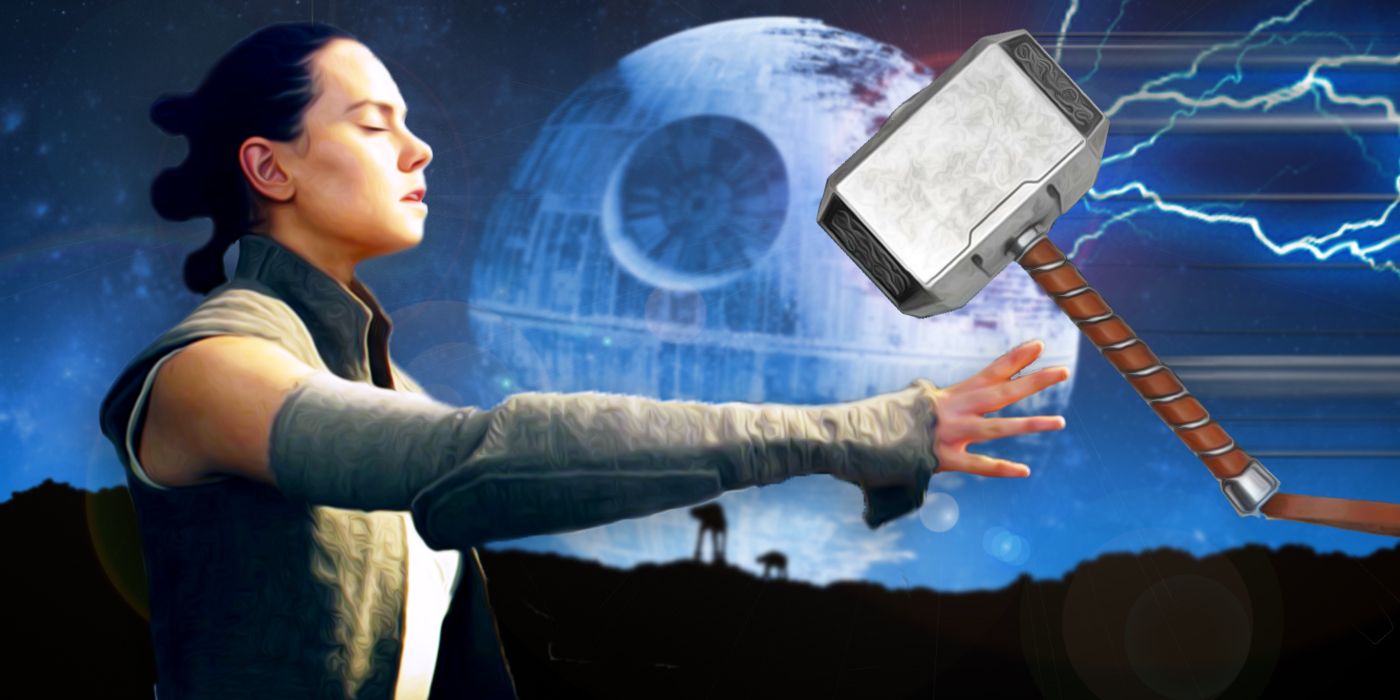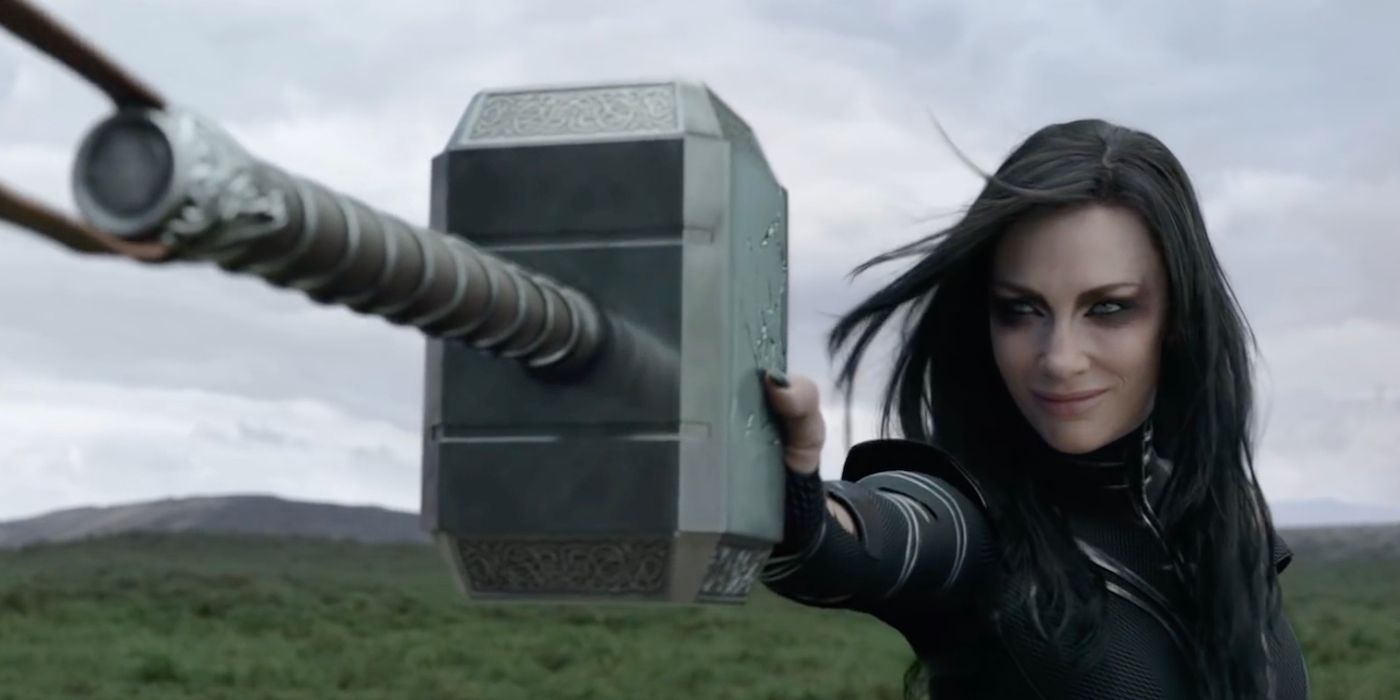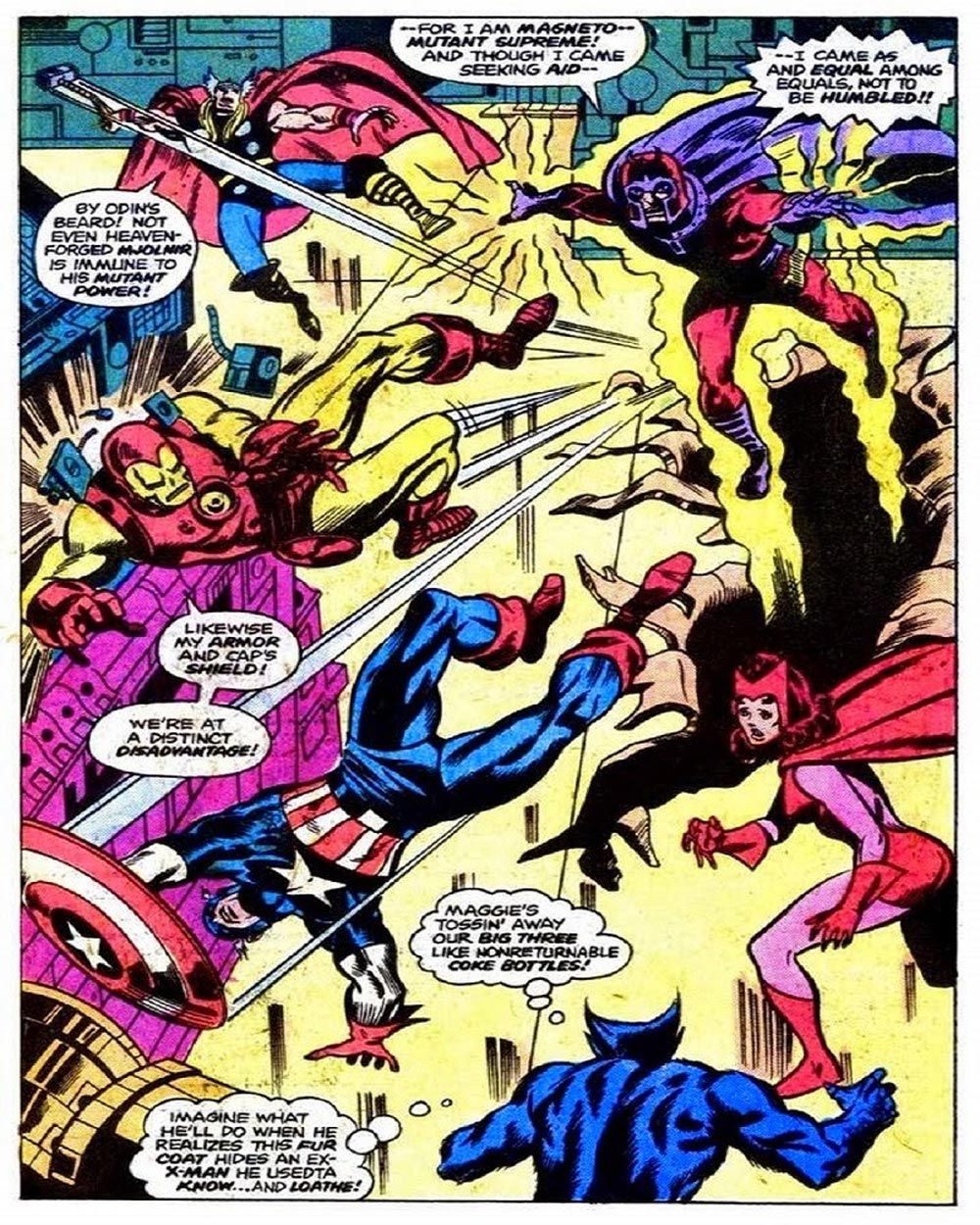The enchantment on Mjolnir seems pretty emphatic, but as time goes on there seems to be an increasing amount of wiggle room to whether or not they apply. When speculating on various scenarios involving Thor's hammer, it's only natural that fans of sci-fi and fantasy would let their imaginations run wild and ask what on the surface appears to be a ridiculous question: What would happen if a Jedi from Star Wars tried to lift Thor's hammer?
The immediately frustrating answer, of course, is that the Jedi would or would not. There is no try. While completely side- barring the issue of whether a worthy Jedi could directly lift Thor's hammer (the solution to that seems obvious) there are several important factors to consider when imagining if a Jedi could use the Force to lift Mjolnir. To know how the rules can be exploited, however, we need to take a look at the rules themselves.
"Whosoever holds this hammer, if he be worthy, shall possess the power of Thor." Those are the words inscribed on the side of Thor's mighty hammer, and the effect, in general, is that only those meeting the nebulous criteria of "worthiness" are even capable of lifting the hammer. No matter how strong someone is or how much power they put into it, Mjolnir remains firmly in its place until someone worthy of the weapon lifts or summons it. But over the years, the loopholes in that enchantment have gotten bigger and bigger.
Most obviously, of course, is the male pronoun in "if he be worthy." Jane Foster has been more than capable of wielding the hammer, so right off the bat, it's clear to see there is some wiggle room with how the enchantment applies. The boundaries of just how the enchantment works is one that the MCU already touched on in Avengers: Age of Ultron. After Vision lifted the Mjolnir, and later used it in battle, Tony Stark and Steve Rogers discussed whether or not Vision even qualified as a person at all. If he were an elevator, they reasoned, he wouldn't need to be worthy to lift the hammer.
The same question was one that popped up for fans in Thor: Ragnarok, when early in the film Thor hangs the hammer on a coat rack in Dr. Strange's Sanctum Sanctorum. Is the hammer already lifted if it's hanging on the rack, so anybody else could pick it up from there? What would happen if the coat rack broke? All the apparent questions paled in comparison to the one risen later in the film during Mjolnir's destruction. The movie's villain Hela catches Mjolnir mid-throw, holding it in her hand before destroying it. Surely she wasn't worthy to wield it, right?
What the coat rack and Hela's catch seem to indicate is that if Mjolnir itself isn't set down then there is a window of time where others can hold it or, at the very least, affect it. This would bode well for a Jedi's ability to affect the hammer with the Force, as would the numerous instances of powers affecting Mjolnir in the comics. One notable example would be Sentry, who was capable of stopping the hammer mid-flight with reality-manipulation that dropped the hammer straight to the ground.
Perhaps most classically, the villain Radioactive Man was one of the first foes of Thor to find a counter to the mighty Mjolnir. By producing a specific radioactive frequency with his powers, Radioactive Man was essentially able to create a force-field that specifically worked on Mjolnir. While not quite the same as directly using the hammer with one's powers, it does show the enchantment can be circumvented by creative means.
What would most seem to clinch the issue would be evidenced in a fight between Magneto and the Avengers in 1975's Super-Villain Team-Up #14. The Master of Magnetism, at the time an over-the-top villain with very little of the pathos understood about him in the modern era, could not have been further from the worthiness necessary to use Mjolnir. So the mutant's solution was to not even bother, he used his ferrokinetic powers to manipulate Mjolnir while it was still in Thor's hand. Sure, Magneto himself may not have been worthy, but the enchantment doesn't even come into effect if it's already in a worthy person's hands.
All of these considerations seem to make a pretty solid case for a Jedi's ability to use the Force to affect Mjolnir. Far from unprecedented, the hammer has been levitated or affected by similar abilities before, and there are clearly a number of workarounds to the enchantment. Were a Jedi to catch the hammer mid-flight, or to Force Push it while it was still in Thor's hands, the enchantment's effects would not even come into play.
KEEP READING: Rise of Skywalker Director Shares His Biggest Surprise From Last Jedi
Of course, once the requisite worthiness is circumvented only further possibilities start to occur. Why must the Force-user be a Jedi at all? Siths are equally capable of levitating objects using the Force, and much like Hela or Silver Age Magneto, there are clearly ways that evildoers can still affect the weapon. The next time a Star Wars fan argues with a Marvel fan over who could beat Thor in a fight, they may want to take a second to consider what happens when Thor's own hammer gets used against him.




